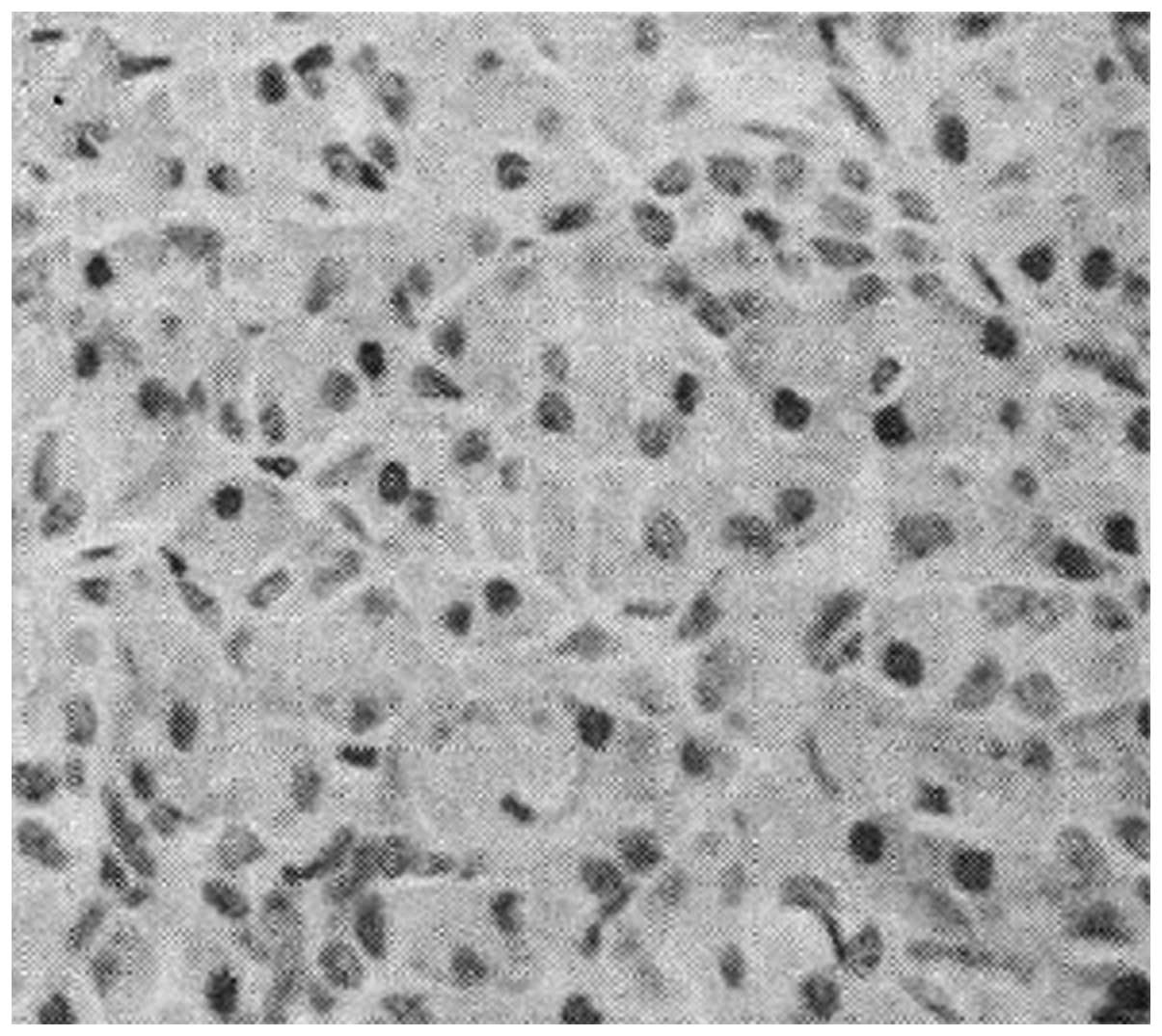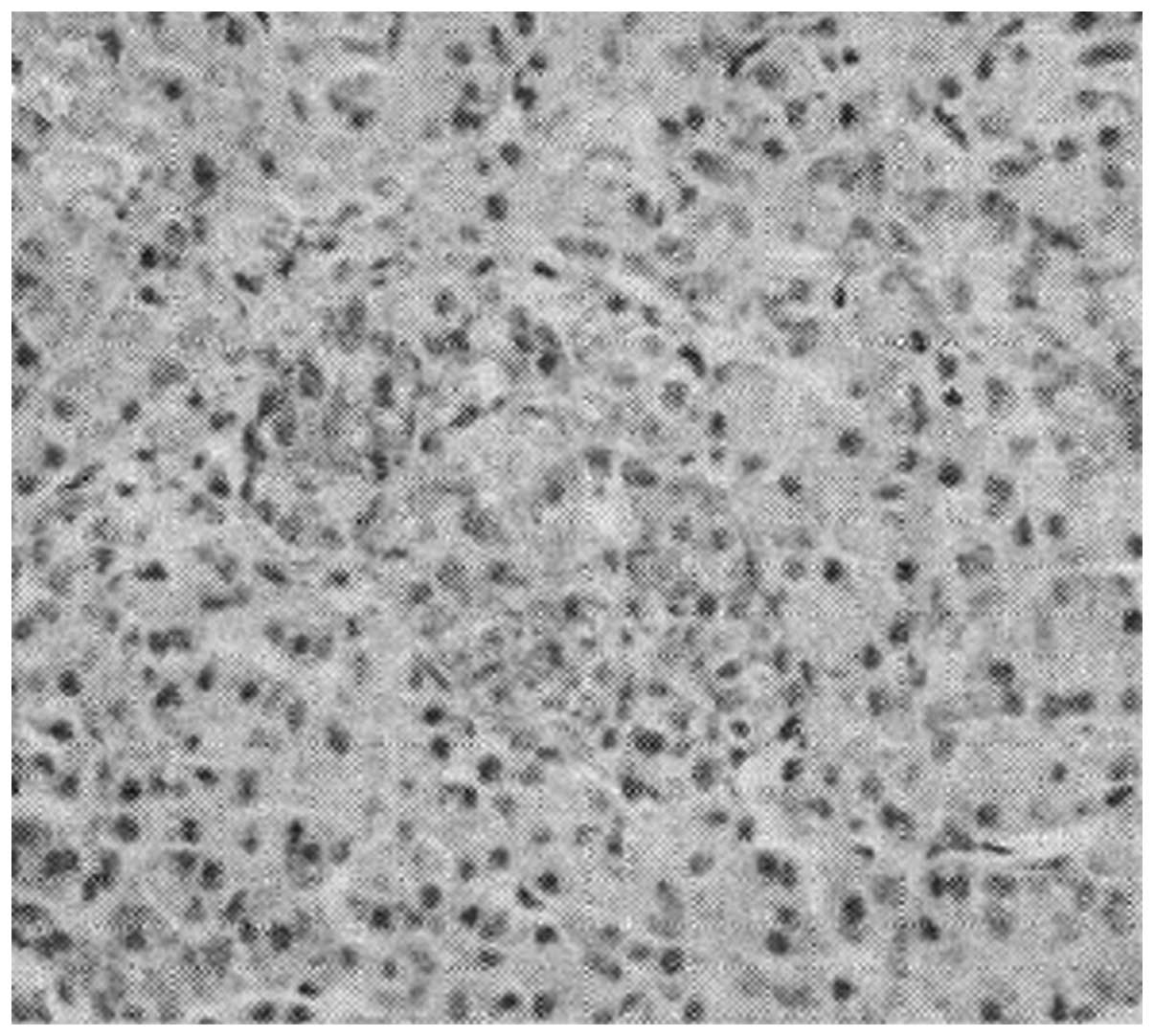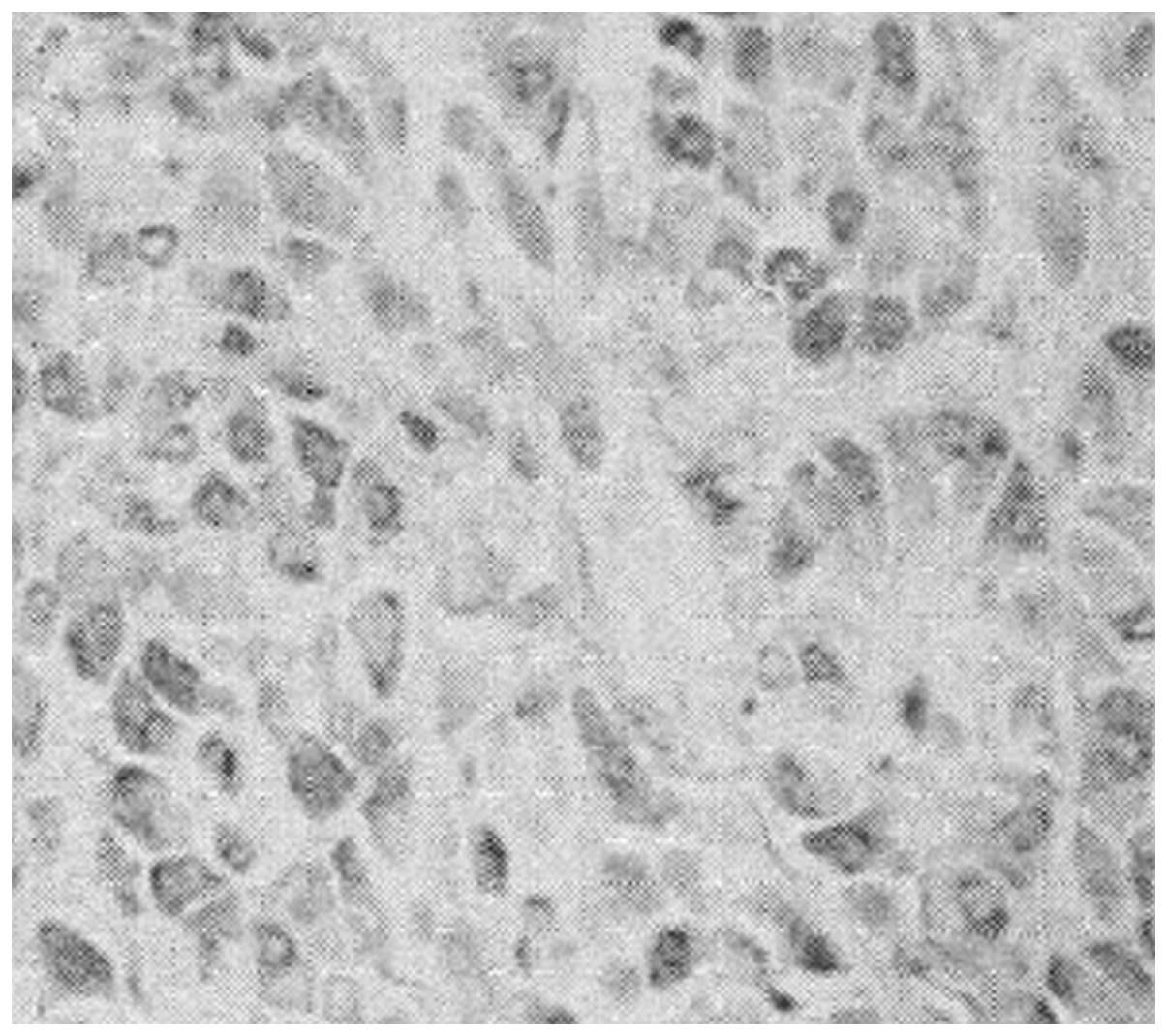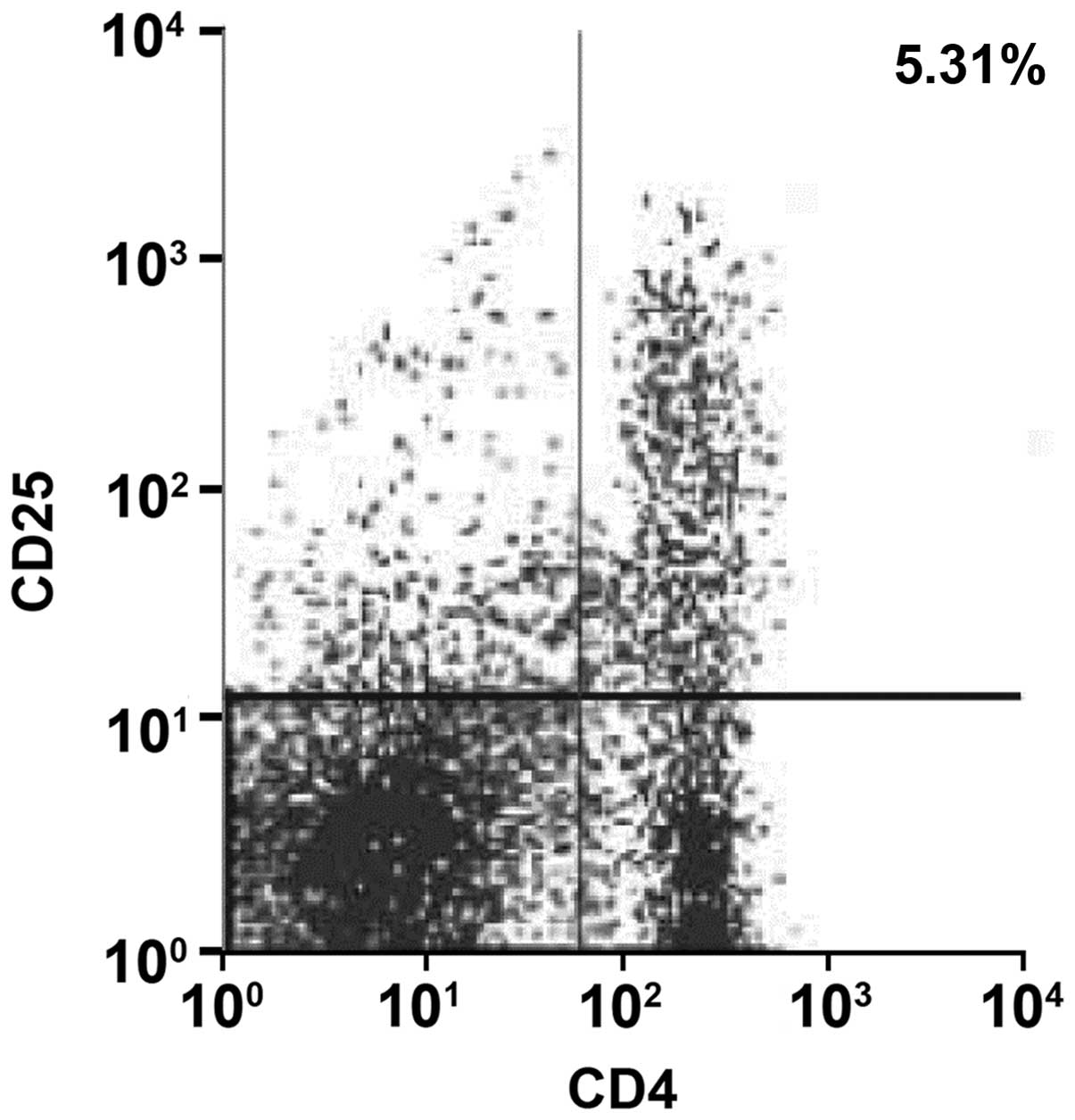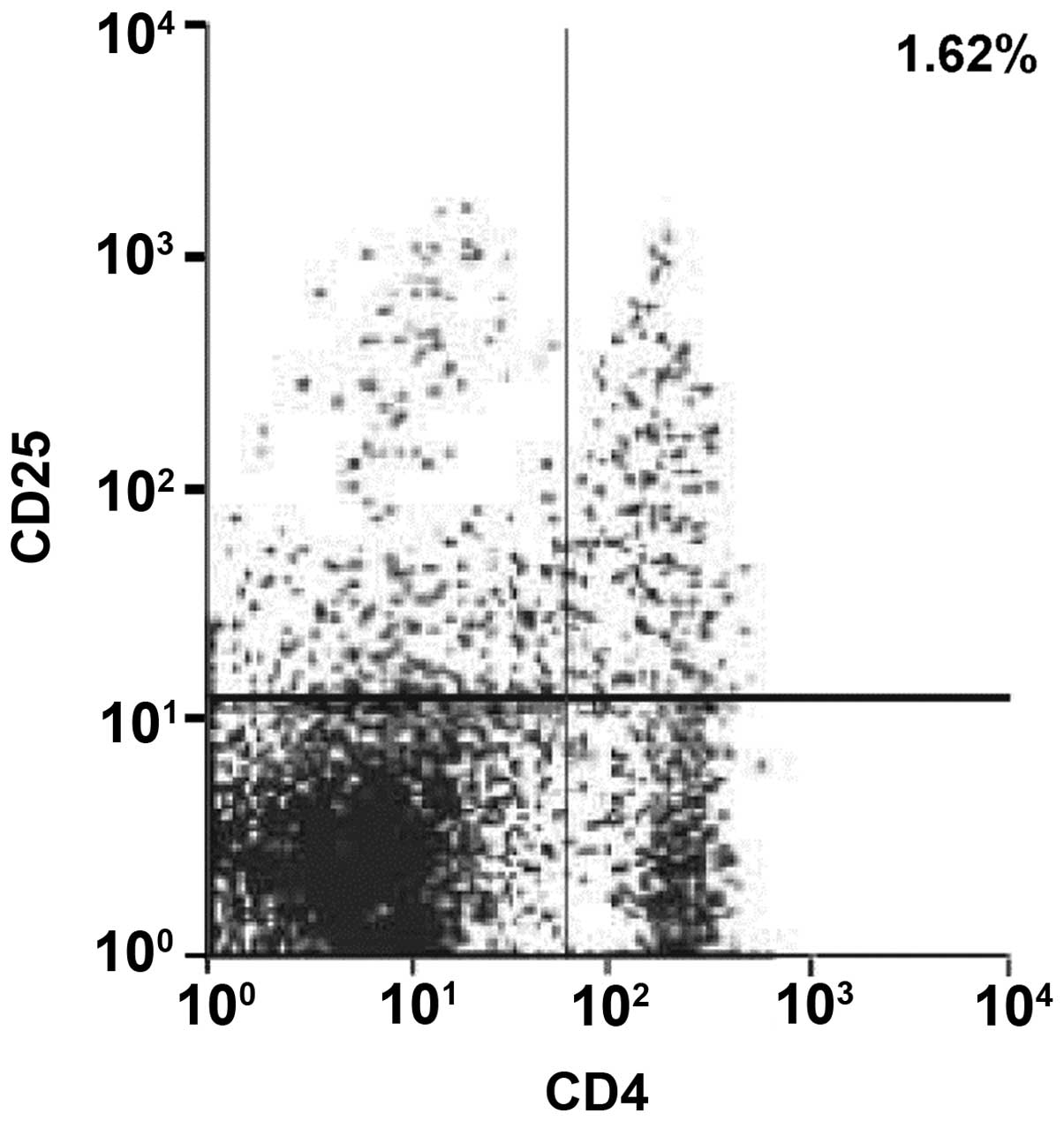|
1
|
Lind K, Hühn MH and Flodström-Tullberg M:
Immunology in the clinic review series; focus on type 1 diabetes
and viruses: The innate immune response to enteroviruses and its
possible role in regulating type 1 diabetes. Clin Exp Immunol.
168:30–38. 2012. View Article : Google Scholar : PubMed/NCBI
|
|
2
|
Spinale FG and Stolen CM: Biomarkers and
heart disease: What is translational success? J Cardiovasc Transl
Res. 6:447–448. 2013. View Article : Google Scholar : PubMed/NCBI
|
|
3
|
Diana J and Lehuen A: Macrophages and
β-cells are responsible for CXCR2-mediated neutrophil infiltration
of the pancreas during autoimmune diabetes. EMBO Mol Med.
6:1090–1104. 2014. View Article : Google Scholar : PubMed/NCBI
|
|
4
|
Muller O, Ntalianis A, Winjs W, Delrue L,
Dierickx K, Auer R, Rodondi N, Mangiacapra F, Trana C, Hamilos M,
et al: Association of biomarkers of lipid modification with
functional and morphological indices of coronary stenosis severity
in stable coronary artery disease. J Cardiovasc Transl Res.
6:536–544. 2013. View Article : Google Scholar : PubMed/NCBI
|
|
5
|
Skyler JS: Prevention and reversal of type
1 diabetes - past challenges and future opportunities. Diabetes
Care. 38:997–1007. 2015. View Article : Google Scholar : PubMed/NCBI
|
|
6
|
Kaminitz A, Mizrahi K, Ash S, Ben-Nun A
and Askenasy N: Stable activity of diabetogenic cells with age in
NOD mice: Dynamics of reconstitution and adoptive diabetes transfer
in immunocompromised mice. Immunology. 142:465–473. 2014.
View Article : Google Scholar : PubMed/NCBI
|
|
7
|
Savinov AY and Strongin AY: Targeting the
T-cell membrane type-1 matrix metalloproteinase-CD44 axis in a
transferred type 1 diabetes model in NOD mice. Exp Ther Med.
5:438–442. 2013.PubMed/NCBI
|
|
8
|
Chen YG, Forsberg MH, Khaja S, Ciecko AE,
Hessner MJ and Geurts AM: Gene targeting in NOD mouse embryos using
zinc-finger nucleases. Diabetes. 63:68–74. 2014. View Article : Google Scholar : PubMed/NCBI
|
|
9
|
Rachmiel M, Bloch O, Bistritzer T,
Weintrob N, Ofan R, Koren-Morag N and Rapoport MJ: TH1/TH2 cytokine
balance in patients with both type 1 diabetes mellitus and asthma.
Cytokine. 34:170–176. 2006. View Article : Google Scholar : PubMed/NCBI
|
|
10
|
Nikoopour E, Schwartz JA, Huszarik K,
Sandrock C, Krougly O, Lee-Chan E and Singh B: Th17 polarized cells
from nonobese diabetic mice following mycobacterial adjuvant
immunotherapy delay type 1 diabetes. J Immunol. 184:4779–4788.
2010. View Article : Google Scholar : PubMed/NCBI
|
|
11
|
Hill T, Krougly O, Nikoopour E, Bellemore
S, Lee-Chan E, Fouser LA, Hill DJ and Singh B: The involvement of
interleukin-22 in the expression of pancreatic beta cell
regenerative Reg genes. Cell Regen (Lond). 2:Apr 4–2013.(Epub ahead
of print). doi: 10.1186/2045-9769-2-2. PubMed/NCBI
|
|
12
|
Vong AM, Daneshjou N, Norori PY, Sheng H,
Braciak T, Sercarz EE and Gabaglia CR: Spectratyping analysis of
the islet-reactive T cell repertoire in diabetic NOD Igµ(null) mice
after polyclonal B cell reconstitution. J Transl Med. 9:1–10. 2011.
View Article : Google Scholar
|
|
13
|
Costa N, Pires AE, Gabriel AM, Goulart LF,
Pereira C, Leal B, Queiros AC, Chaara W, Moraes-Fontes MF,
Vasconcelos C, et al: Broadened T-cell repertoire diversity in
ivIg-treated SLE patients is also related to the individual status
of regulatory T-cells. J Clin Immunol. 33:349–360. 2013. View Article : Google Scholar : PubMed/NCBI
|
|
14
|
Ablamunits V, Henegariu O, Hansen JB,
Opare-Addo L, Preston-Hurlburt P, Santamaria P, Mandrup-Poulsen T
and Herold KC: Synergistic reversal of type 1 diabetes in NOD mice
with anti-CD3 and interleukin-1 blockade: Evidence of improved
immune regulation. Diabetes. 61:145–154. 2012. View Article : Google Scholar : PubMed/NCBI
|
|
15
|
Kim J, Shon E, Kim CS and Kim JS: Renal
podocyte injury in a rat model of type 2 diabetes is prevented by
metformin. Experimental Diabetes Research. 2012 Sep 27–2012.(Epub
ahead of print). doi: 10.1155/2012/210821. View Article : Google Scholar
|
|
16
|
Kachapati K, Bednar KJ, Adams DE, Wu Y,
Mittler RS, Jordan MB, Hinerman JM, Herr AB and Ridgway WM:
Recombinant soluble CD137 prevents type one diabetes in nonobese
diabetic mice. J Autoimmun. 47:94–103. 2013. View Article : Google Scholar : PubMed/NCBI
|
|
17
|
Suryani S, Evans K, Richmond J and Lock
RB: Evaluation of the Bcl-2 inhibitor ABT-199 in xenograft models
of acute lymphoblastic leukemia by the pediatric preclinical
testing program. Cancer Res. 75:32762015. View Article : Google Scholar
|
|
18
|
Marino E, Villanueva J, Walters S,
Liuwantara D, Mackay F and Grey ST: CD4(+)CD25(+) T-cells control
autoimmunity in the absence of B-cells. Diabetes. 58:1568–1577.
2009. View Article : Google Scholar : PubMed/NCBI
|
|
19
|
Zhang YJ, Li S, Gan RY, Zhou T, Xu DP and
Li HB: Impacts of gut bacteria on human health and diseases. Int J
Mol Sci. 16:7493–7519. 2015. View Article : Google Scholar : PubMed/NCBI
|
|
20
|
Zechner D, Spitzner M, Bobrowski A, Knapp
N, Kuhla A and Vollmar B: Diabetes aggravates acute pancreatitis
and inhibits pancreas regeneration in mice. Diabetologia.
55:1526–1534. 2012. View Article : Google Scholar : PubMed/NCBI
|
|
21
|
Attinkara R, Mwinyi J, Truninger K, Regula
J, Gaj P, Rogler G, Kullak-Ublick GA and Eloranta JJ: Swiss IBD
Cohort Study Group: Association of genetic variation in the NR1H4
gene, encoding the nuclear bile acid receptor FXR, with
inflammatory bowel disease. BMC Res Notes. 5:1–12. 2012. View Article : Google Scholar : PubMed/NCBI
|















